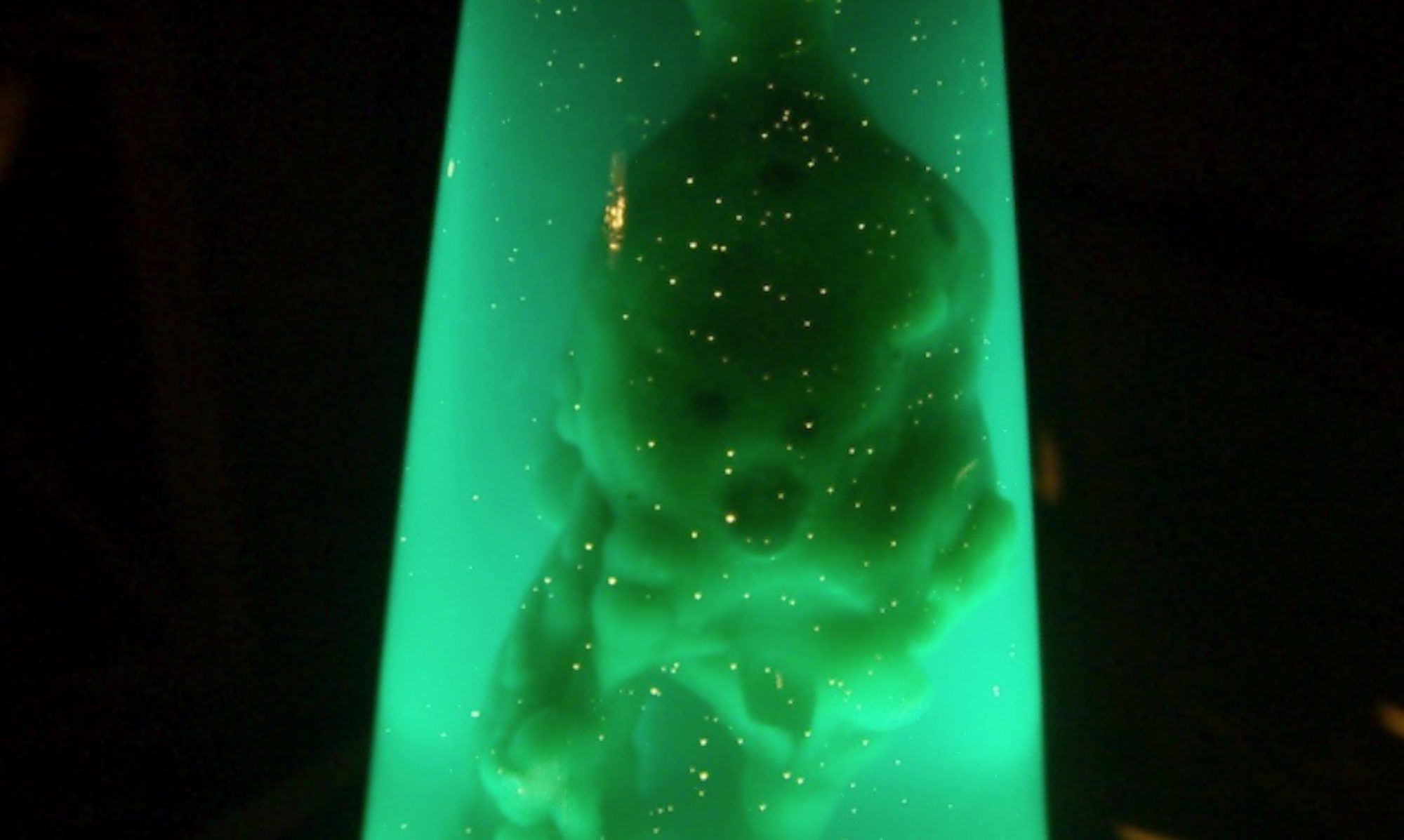I was having a problem with large numbers in the Energy System. The problem didn’t show up until I started to work on a super hero game using the system. In it there is one vastly powerful superhero that is part of the background story. To use the character in a game required rolling 30 or more d20s and adding up all those dice. It plainly didn’t work.
This is mainly a problem because the system doesn’t scale to things like simulating a WWII battleship or a starship. It was beyond the system, until now that is.
To give you an idea of how the system works, a player gets abilities that grant them die steps. For instance, a skill with four die steps would take a skill from a starting d6 up through a d8, then a d10, then a d12, and then to a d20. Each step making the roll more effective, but d20 was the practical limit of dice steps since most people don’t own d30s or d40s.
The solution is to make a second tier of dice steps. That may sound overly complicated at first, but in for most characters it doesn’t come up so it’s a special case rule. If I was making a space opera, it might be needed more frequently to simulate vehicles or space ships.
So how would a second tier work? If a skill has 8 dice steps, or the equivalent of 2d20 it equals a 1d4x10. If another 4 steps (another d20) is added, the die becomes 1d6x10 and so on. If the character or equipment has 28 dice steps (7d20) they get a 1d20x10.
Is there anything past that? Of course! If you combine the total of 56 dice steps (2d20x10) it becomes 1d4x100. Add another 28 steps for a total of 84 steps* and it becomes a 1d6x100 and so on. 196 steps equals 1d20x100, two of those then flips to 1d4x1000 ad infinitum.
There is one problem with this though. One of the core concepts behind the energy system is that when you roll a die and get a one, the die depletes and can’t be used again until regenerated. That still works under the system, but one of the big draws of higher dice steps is that they deplete less often. A 1d4x10 either never depletes (since it never rolls a 1) or it depletes far more often than a d20.
I could say that if you rolled a 1d4x10 and got a 10, you then had to roll a d10 and if you get a 1 on that die, you deplete the die. The problem is, even though that technically works, it’s kludgy and adds a step for something that is going to be pretty rare. I think it’s better to say, that the die can take damage (which works similarly) but not deplete on a roll of one.
*This is a totally ridiculous number at this point, but I’m offering it to show the system could handle very very large numbers if needed.
